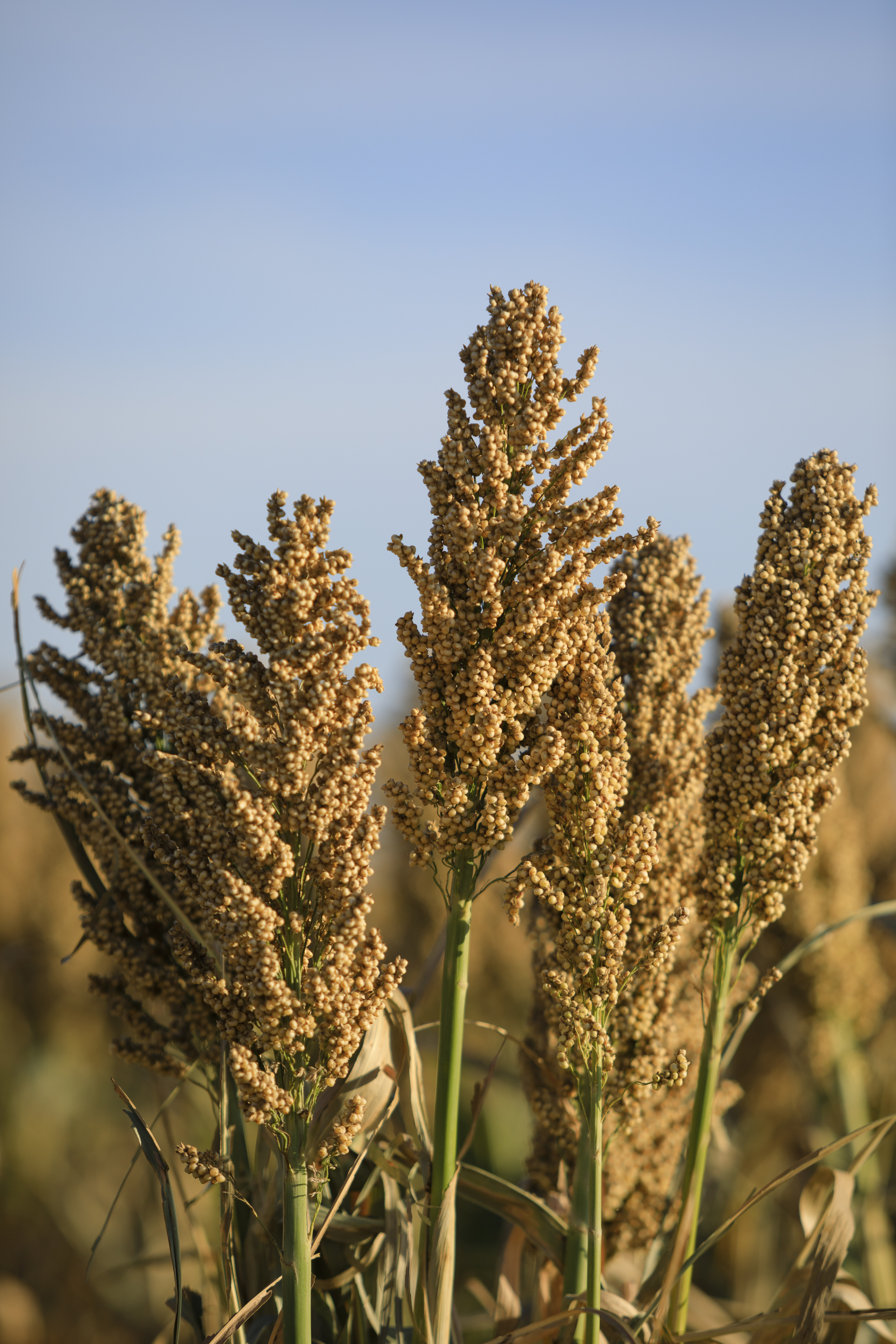Share This
Earlier this year we introduced you to the United Sorghum Checkoff Program through our Spotlight on Sorghum interview. The USCP is an organization dedicated to improving the sustainability of the sorghum industry through research, promotion, and education. In an effort extending over many months, the United Sorghum Checkoff Program has worked with the USDA to add sorghum to its Food Buying Guide for Child Nutrition Programs, which foodservice professionals use to develop school meal programs in accordance with USDA’s nutrition guidelines. Here to talk to us about this huge step forward for sorghum and whole grains is Lanier Dabruzzi, MS, RD, LD, the USCP’s Director of Food Innovation & Institutional Markets.
Whole Grains Council: Sorghum was recently added to the Food Buying Guide for Child Nutrition Programs. For those unfamiliar, can you explain what sorghum’s inclusion means?
Lanier Dabruzzi: The inclusion of sorghum in the Food Buying Guide is a monumental win for sorghum. The Food Buying Guide is a critical resource on which foodservice professionals rely to formulate meal plans for school nutrition programs that meet USDA nutrition requirements. The inclusion of whole grain sorghum, pearled sorghum and sorghum flour in this Guide is an important acknowledgement by USDA that sorghum is a nutritious addition to the plates of American schoolchildren as a nutrient-rich, high-protein, gluten-free ancient whole grain.
WGC: Can you tell us more about how its addition to the Guide came about?
LD: In an effort extending over many months, the United Sorghum Checkoff Program has worked with USDA to add sorghum to the Food Buying Guide.
WGC: School lunches have come a long way in the last few years. What do you think is driving that change?
LD: The USDA has worked hard over the years to ensure that the food that is served to America’s school children is as nutritious as possible, as they recognize that many children rely on school meals for much of their food each day.
For example, as of July 1, 2022, USDA has implemented a new requirement stating that at least 80 percent of the weekly grains in school lunch and breakfast menus must be whole-grain rich, which has resulted in school nutrition providers actively seeking foods that satisfy this requirement. As a nutrient-rich ancient whole grain, sorghum will prove to be the solution for school nutrition professionals for the upcoming school year and beyond.
WGC: How can including sorghum in school meals reflect the cultural food traditions of a diverse student body?
LD: Sorghum was originally cultivated in Africa and is prevalent in many cuisines including Indian and African. With the cultural landscape of America more diverse than ever, sorghum serves as a nutritious and culturally inclusive addition to meals.
WGC: How do you think kids will react to sorghum in their school lunches? Do you have any tips or kid-friendly recipes for readers interested in incorporating sorghum into meals for their own children?
LD: Sorghum has proved to be similar enough to foods that children are familiar with, such as rice or quinoa, while sparking excitement as a novel food.
Foodservice professionals or consumers who are interested in incorporating sorghum into their school menus as a healthy and gluten-free whole-grain can visit www.sorghumcheckoff.com, or contact Lanier Dabruzzi at lanier@sorghumcheckoff.com to learn more about purchasing and utilizing sorghum in a variety of ways offering a new and nutritious menu option to satisfy students of all ages.
WGC: Lastly, is there anything you’d like to share about sorghum, school lunches, or the USCP that I didn’t ask about?
LD: This is just the beginning of what we hope is many Americans “rediscovering” the delicious, nutrient-rich, sustainable grain!
For more on recent developments in school meals, check out this blog post from this spring.
What do you think of sorghum’s inclusion in the USDA’s Buying Guide? Would your own kids chow down with excitement, or would they need a bit more coaxing? What other changes do you hope to see in school lunches in the future? Let us know down below! (Rebecca)
To have our Oldways Whole Grains Council blog posts (and more whole grain bonus content!) delivered to your inbox, sign up for our monthly email newsletter, called Just Ask for Whole Grains.





Comments
Add a Comment